“Everything that drowned me taught me how to swim.”
― Jenim Dibie
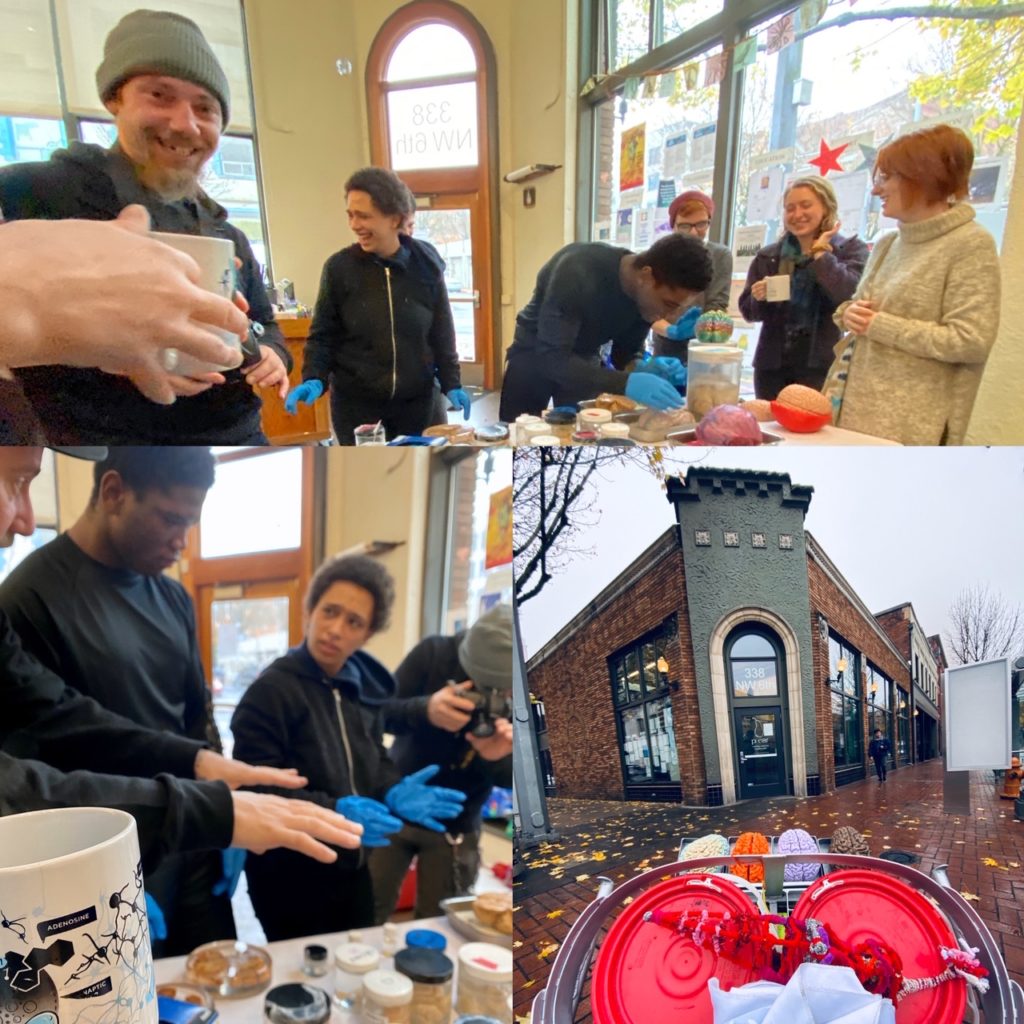
Brains, art & research: November is NOGGIN MONTH at p:ear!
We are always thrilled to return to this essential, welcoming community space, replete with good food, terrific art, and curious young people facing extreme life circumstances, including an unconscionable lack of safe, secure and affordable housing in the Pacific Northwest.

LEARN MORE: NW Noggin @ p:ear
LEARN MORE: Homelessness in the Portland Region
Many don’t sleep, experience trauma, and lack access to health care – and they’re often demonized by some who echo current Republican campaigns for white supremacy and the dehumanization of immigrants and anyone not cis-gendered or straight.
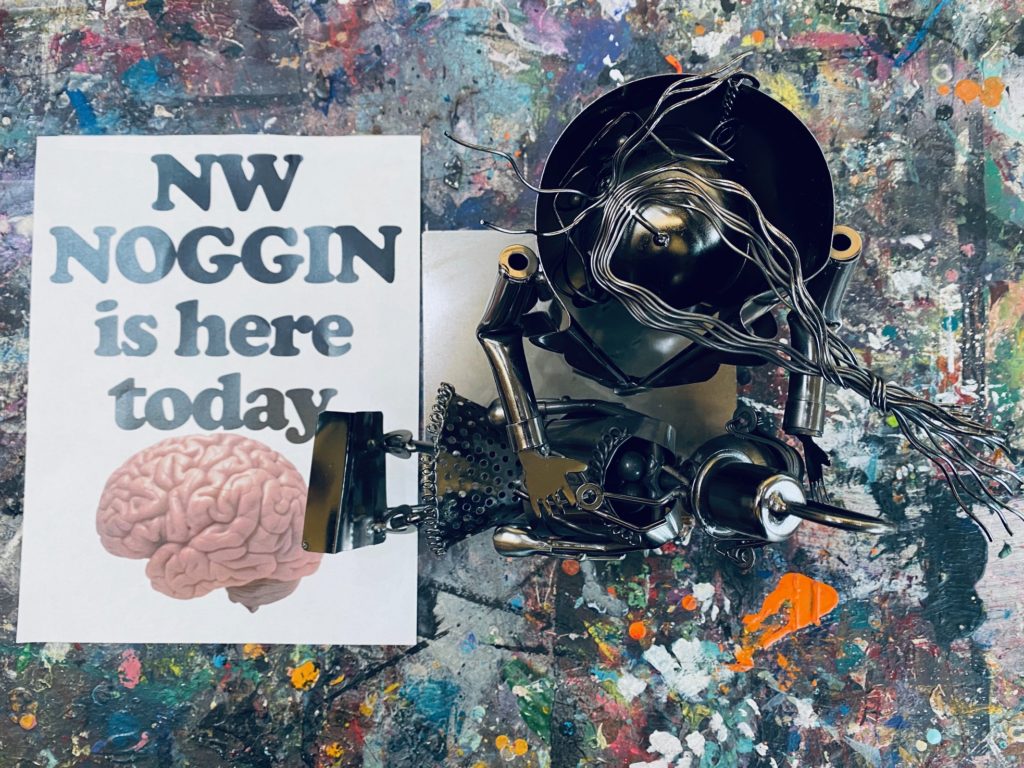
We’ve visited p:ear for years, and are struck by the creativity and resilience of youth who deserve far better. Engagement – going places – brings joy, understanding and connection, while the failure to respond or even see people, from those of us with resources, is damaging to all our brains.
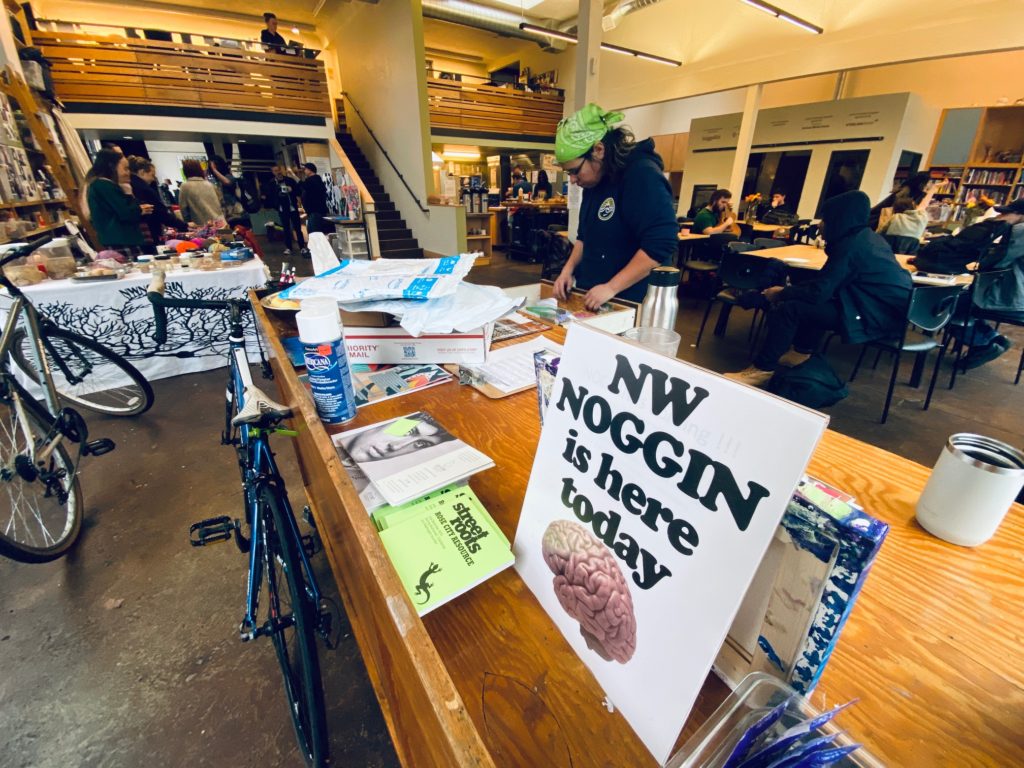
LEARN MORE: Landscapes of the Brain: Seeing us all through research & art
LEARN MORE: Backlash: The Politics and Real-World Consequences of Minority Group Dehumanization
LEARN MORE: What an Emerging Trump Administration Means for Lesbian, Gay, Bisexual, and Transgender Health
LEARN MORE: Oregon Rep. Greg Walden votes against LGBT protections
LEARN MORE: Twitter Language Use Reflects Psychological Differences between Democrats and Republicans
LEARN MORE: Homeless youth’s overwhelming health burden: A review of the literature
Today we welcomed a healthy crowd of undergraduate Noggineers from Portland State University, including Sydney Duran, Carli Cox, Danny Gray, Cameran Nicholas, Cam Howard, Madeline Ogle and Jana Sillay, along with Aaron Eisen from the National University of Naturopathic Medicine and Johanna Hostick from Oregon Health & Science University…
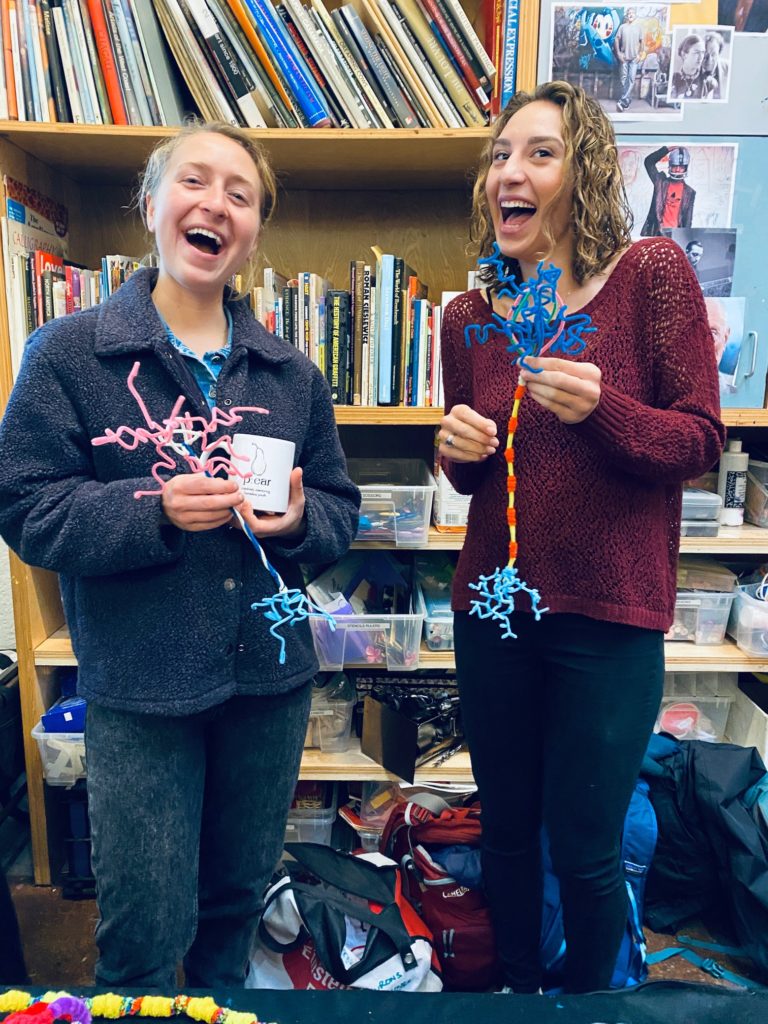
We’re discussing video games this month, and examining research that is perhaps counterintuitive for some on the evident brain benefits of playing these games – particularly the first person shooter games also vilified by many politicians in the current GOP…
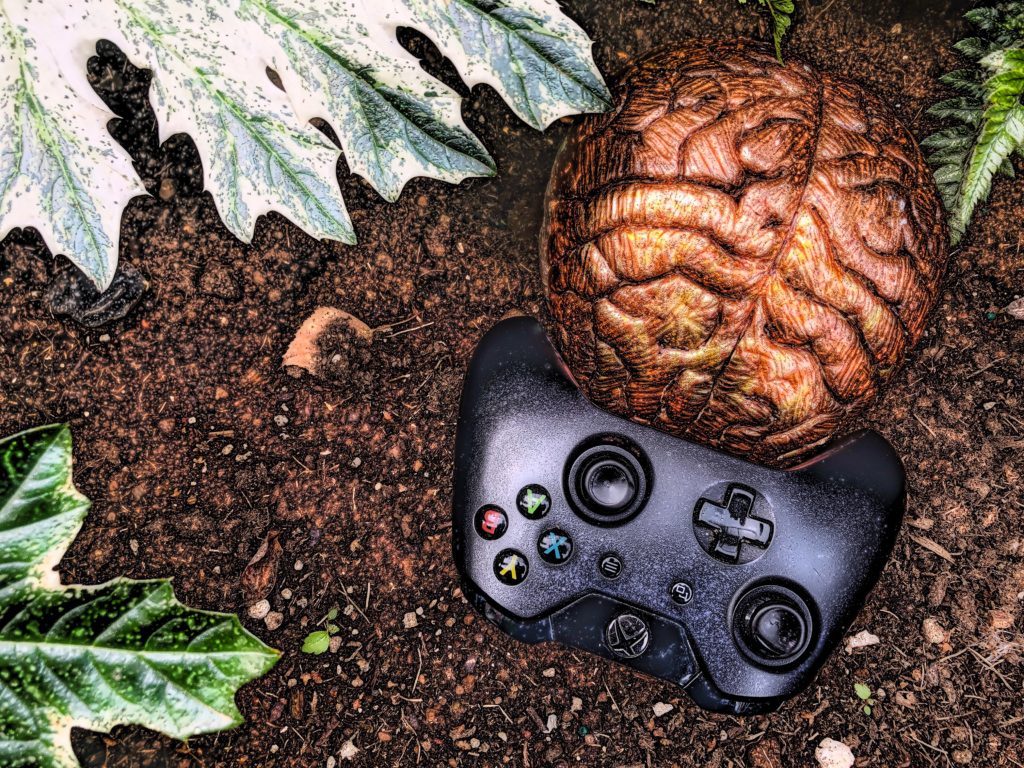
LEARN MORE: Video games don’t cause violence
LEARN MORE: Trump and Republicans continue to blame video games for their failures on gun control

One young man, originally from Kentucky, told us he was pretty much “raised by video games.” He eloquently described the benefits. “I learned that to get what I wanted, I couldn’t just grab it – I had to break it down, be patient, and take multiple steps. I learned that I couldn’t mistreat my team mates, or we wouldn’t succeed. I learned to communicate with others, and rely on friends. I learned to think quickly about strategy, and take some risks, and if something wasn’t effective, to change my approach.”
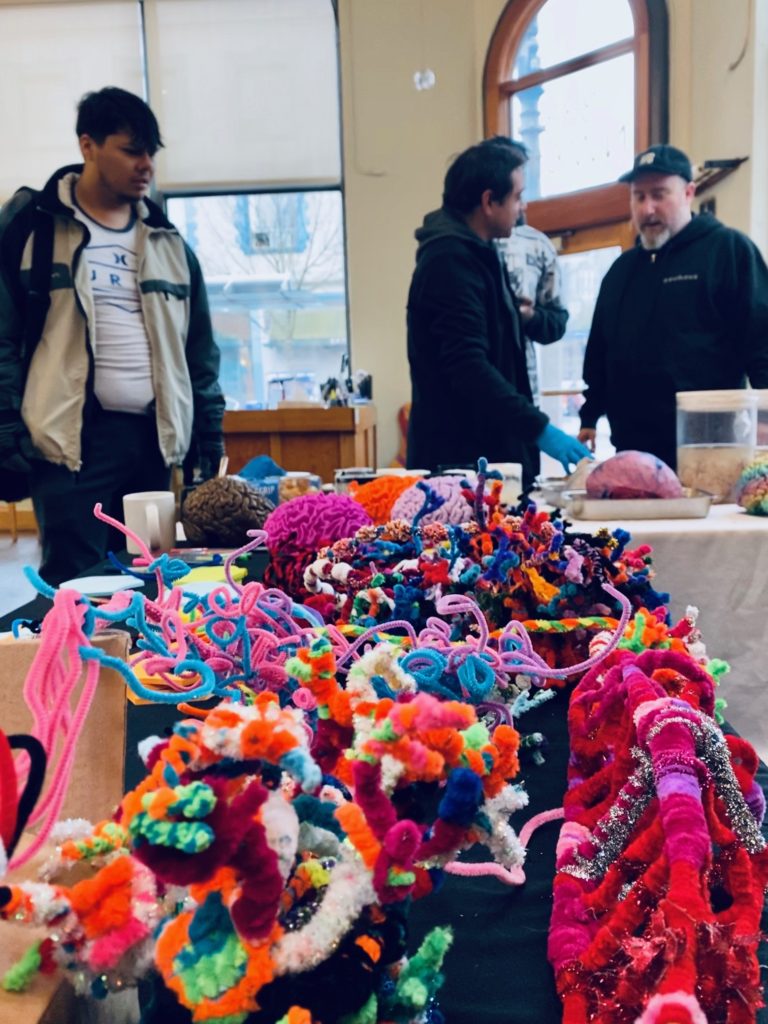
“I also learned that I was excited about something, and that others were excited too. There was a bigger community, a bigger world, and they cared more than my family who kicked me out, or my ‘Christian‘ school.”
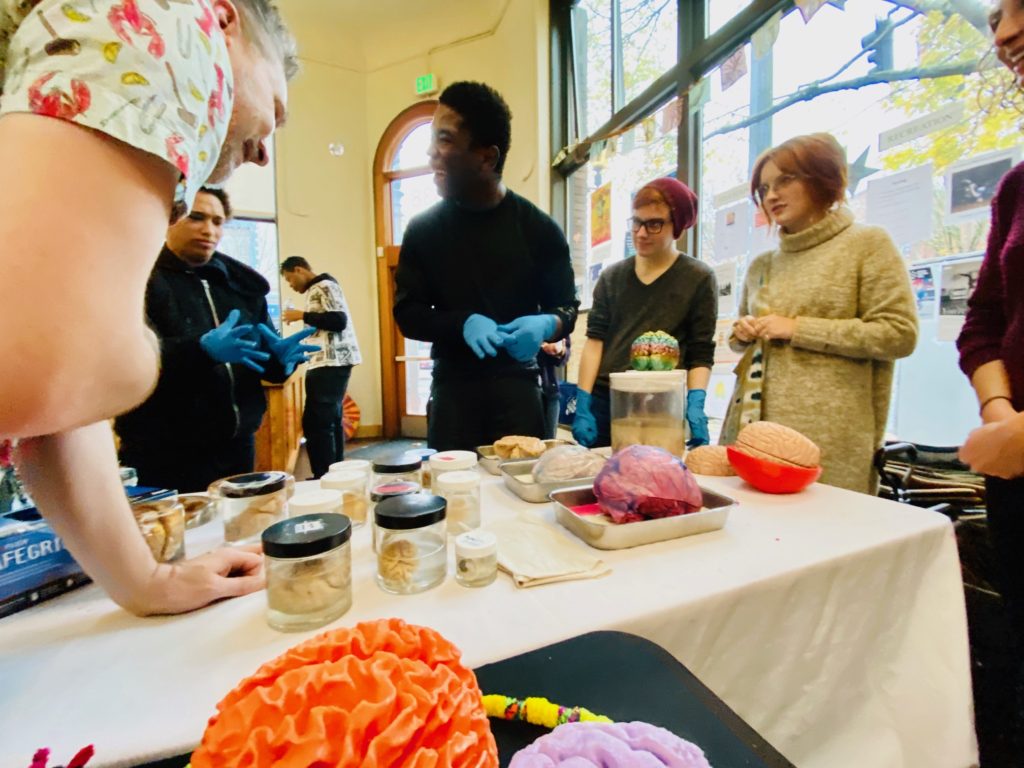
LEARN MORE: I Went to an Anti-LGBTQ School
Both youth and staff at p:ear were also curious to learn more about drugs, including marijuana. Last spring we witnessed a traumatized, homeless black teenager who smoked a little pot get chased by heavily armed Portland Police officers into p:ear itself, a normally welcoming community space for young people without safe places to sleep.
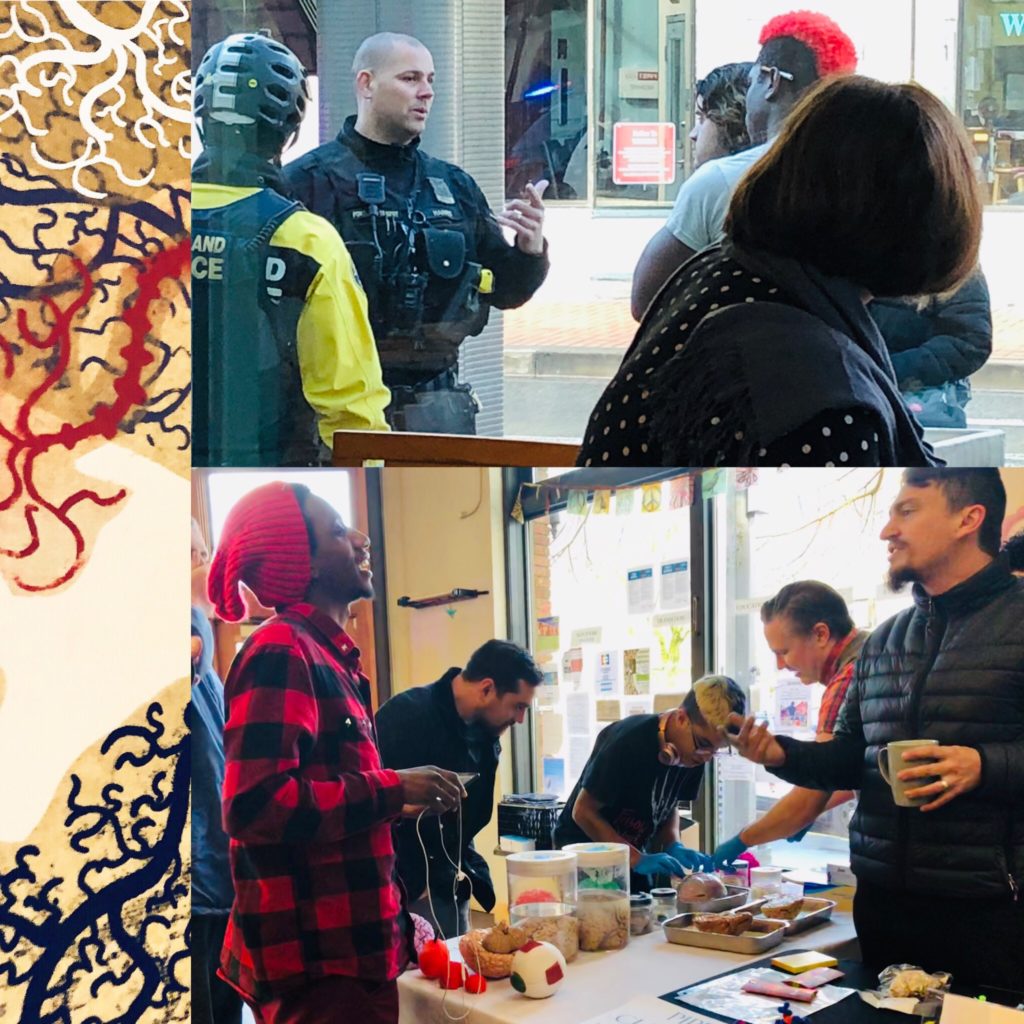
LEARN MORE: Listening to testimony @ p:ear
And soon after that visit, an op-ed in The New York Times warned that “Marijuana Damages Young Brains,” adding dramatically that “States that legalize it should set a minimum age of 25 or older.” The piece was co-written by Kenneth L. Davis, the President and Chief Executive of the Mount Sinai Health System, and Mary Jane Kreek, the head of the Laboratory of the Biology of Addictive Diseases at Rockefeller University.
LEARN MORE: Marijuana Damages Young Brains
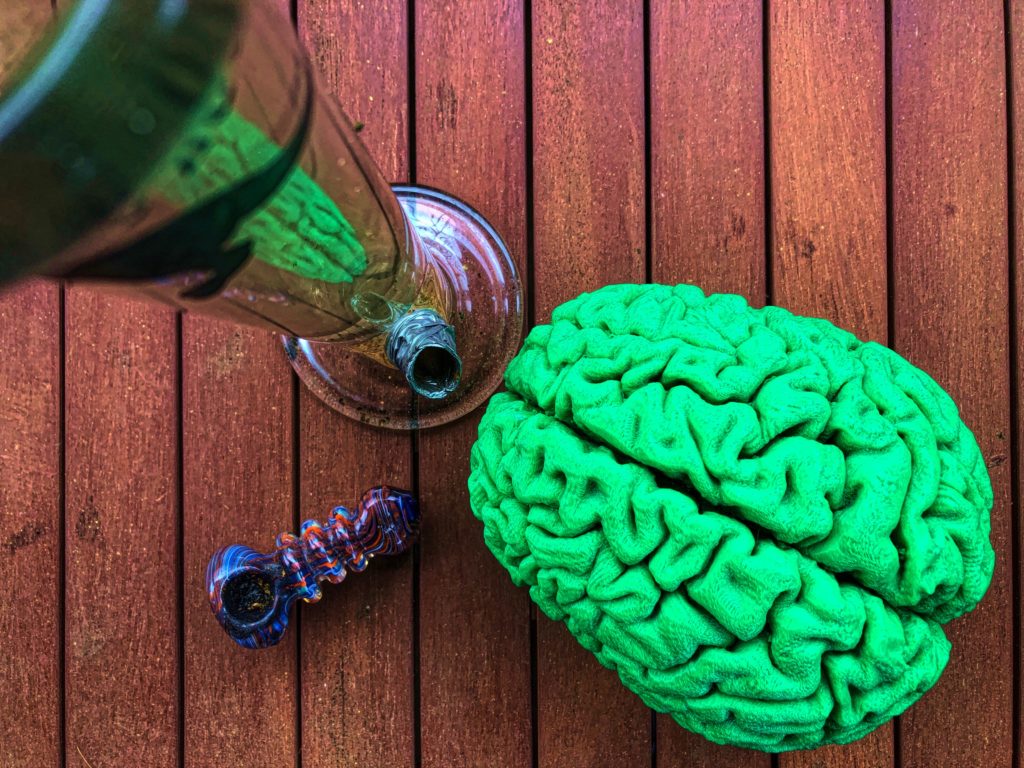
We discussed the article, and considered what Davis and Kreek wrote. The authors state, for example, that “The reason the adolescent brain is so vulnerable to the effect of drugs is that the brain — especially the prefrontal cortex, which controls decision making, judgment and impulsivity — is still developing in adolescents and young adults until age 25.”

This is true. The adolescent brain does experience dramatic developmental change, and marijuana can have impact. It can acutely impair short term memory, and may influence long term learning when a person is chronically exposed from an early age. Some researchers report changes in motivational and reward pathways. However, recent studies acknowledge that many teenagers use more than pot – including nicotine, opioids and alcohol. When controlling for other drug use, there are fewer significant findings from marijuana exposure alone.
LEARN MORE: Effects of Cannabis on the Adolescent Brain
LEARN MORE: Daily Marijuana Use Is Not Associated with Brain Morphometric Measures in Adolescents or Adults
LEARN MORE: One Month of Cannabis Abstinence in Adolescents and Young Adults is Associated with Improved Memory
LEARN MORE: Flexing frontal lobes at Floyd Light SUN
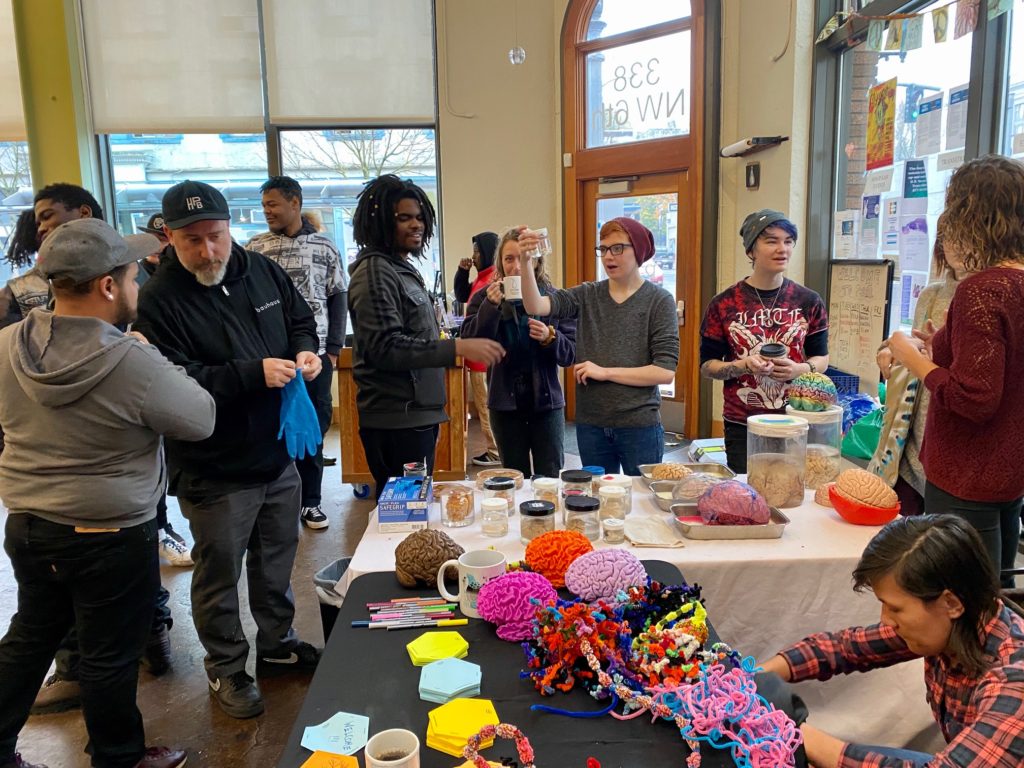
Davis and Kreek also write that “The chemical in marijuana responsible for producing mood elevation and relaxation, THC, interferes with the exchange of information between neurons. Regular exposure to THC in adolescents can permanently change neuropathways that are related to cognition, including learning, attention and emotional responses.“
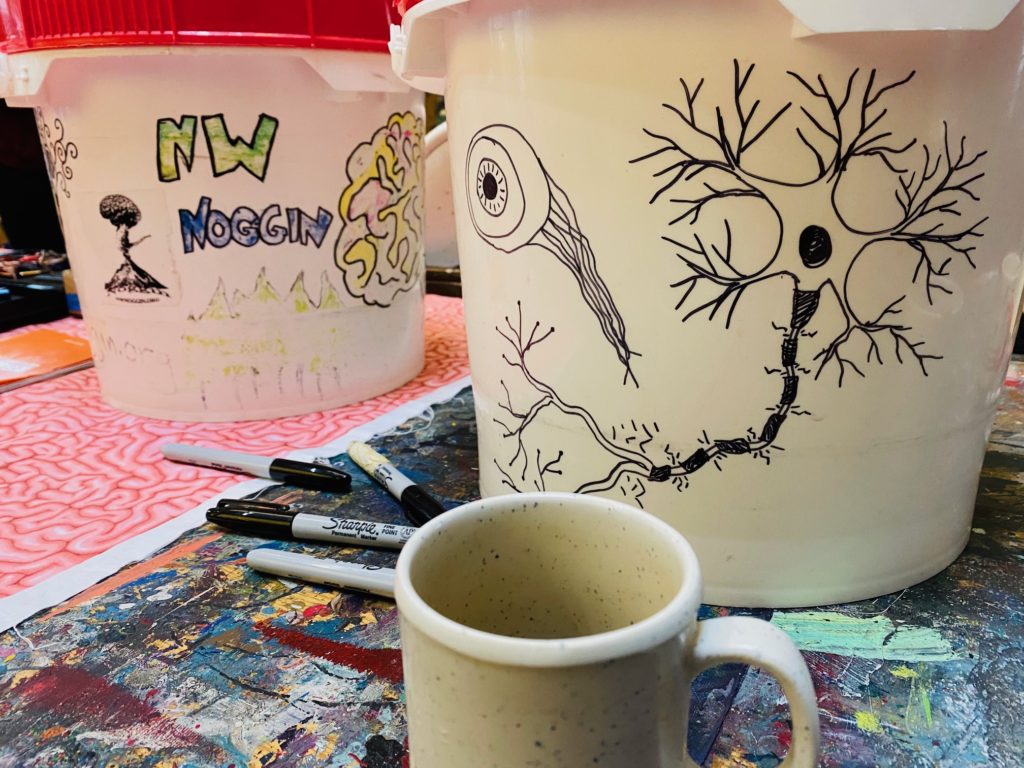
We explained that this was a gross oversimplification of the complexity inherent in marijuana, which may contain over 100 different psychoactive chemicals, including many known as cannabinoids. THC is only one…

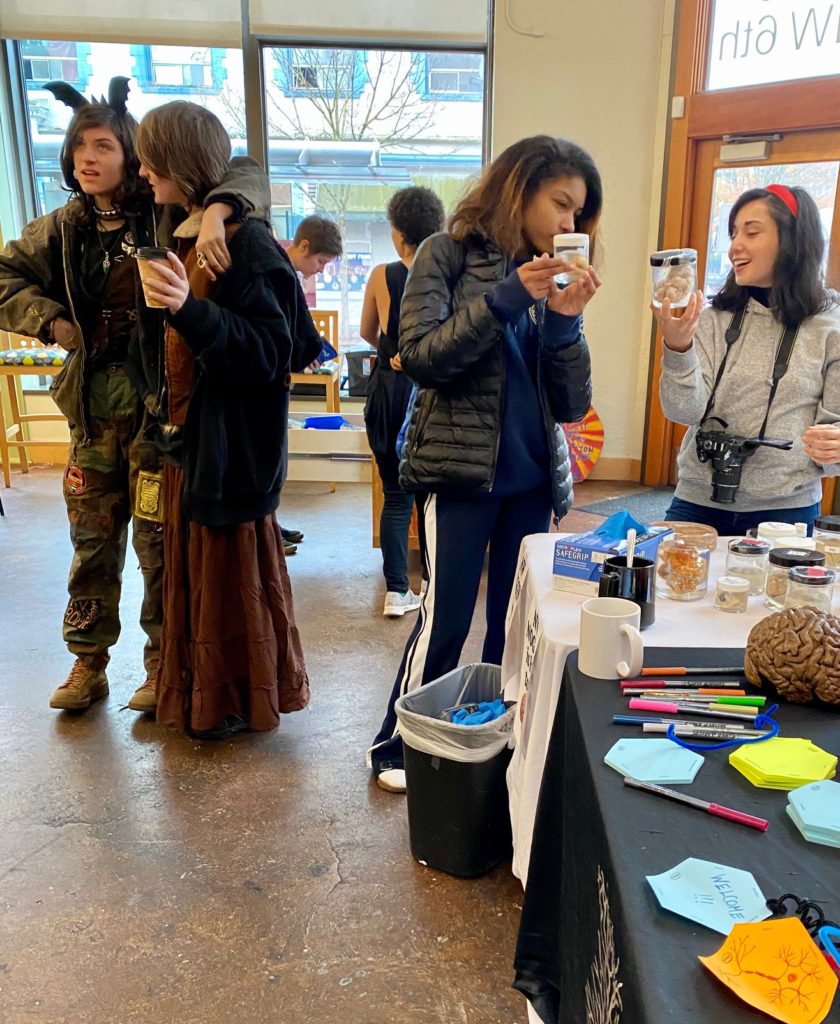
LEARN MORE: Cannabis, a complex plant: different compounds and different effects on individuals
LEARN MORE: Medicinal chemistry of cannabinoids
LEARN MORE: THE CANNABIS PLANT
In addition, almost every psychoactive drug – including alcohol, nicotine, methadone, caffeine – “interferes with the exchange of information between neurons,” and regular, chronic exposure “can permanently change neuropathways that are related to cognition, including learning, attention and emotional responses.” This is not unique to marijuana.

And leading scientists should know by now that alcohol is significantly more dangerous for developing adolescent brains than marijuana (thus far) appears to be. Nicotine, unlike pot, is not only one of the most addictive drugs for youth – it’s also a true “gateway drug.” Early exposure to nicotine increases the likelihood of dependence on other drugs of abuse!
LEARN MORE: A Molecular Basis for Nicotine as a Gateway Drug
“Abnormalities have been seen in brain structure volume, white matter quality, and activation to cognitive tasks, even in youth with as little as 1–2 years of heavy drinking and consumption levels of 20 drinks per month, especially if >4–5 drinks are consumed on a single occasion. Heavy marijuana users show some subtle anomalies too, but generally not the same degree of divergence from demographically similar non-using adolescents.”
LEARN MORE: The Influence of Substance Use on Adolescent Brain Development
“A main effect of drinking pointed to decreased inferior frontal but increased dorsal frontal and parietal fMRI response among binge drinkers (corrected p < 0.05). There was no main effect of marijuana use.”
LEARN MORE: Neural correlates of verbal learning in adolescent alcohol and marijuana users
“Some evidence has suggested that negative effects of alcohol on the brain may be buffered in part by potential neuroprotective properties of cannabinoids…Regression models revealed that greater alcohol hangover symptoms predicted worse verbal learning (p < .05) and memory (p < .05) (California Verbal Learning Test, Second Edition) scores for non-marijuana users, but alcohol hangover symptoms were not linked to performance among marijuana users. “
LEARN MORE: Learning and Memory Performances in Adolescent Users of Alcohol and Marijuana: Interactive Effects
“Results indicated that more cannabis use was linked with poorer initial acquisition, total learning, and delayed recall on the Hopkins Verbal Learning Test–Revised, but only among cannabis users who sporadically smoked cigarettes in the past year. Conversely, the amount of past year cannabis use was not associated with episodic memory performance among individuals who more consistently smoked cigarettes in the past year.”
LEARN MORE: Tobacco may mask poorer episodic memory among young adult cannabis users
LEARN MORE: On 420 & Hooch
LEARN MORE: Alcohol and the Adolescent Brain
LEARN MORE: The effect of alcohol use on human adolescent brain structures and systems
LEARN MORE: Alcohol and Public Health
LEARN MORE: What’s a “drink..?” At the Newmark for beer & brains
So where are the passionate calls for a drinking or smoking age of 25?
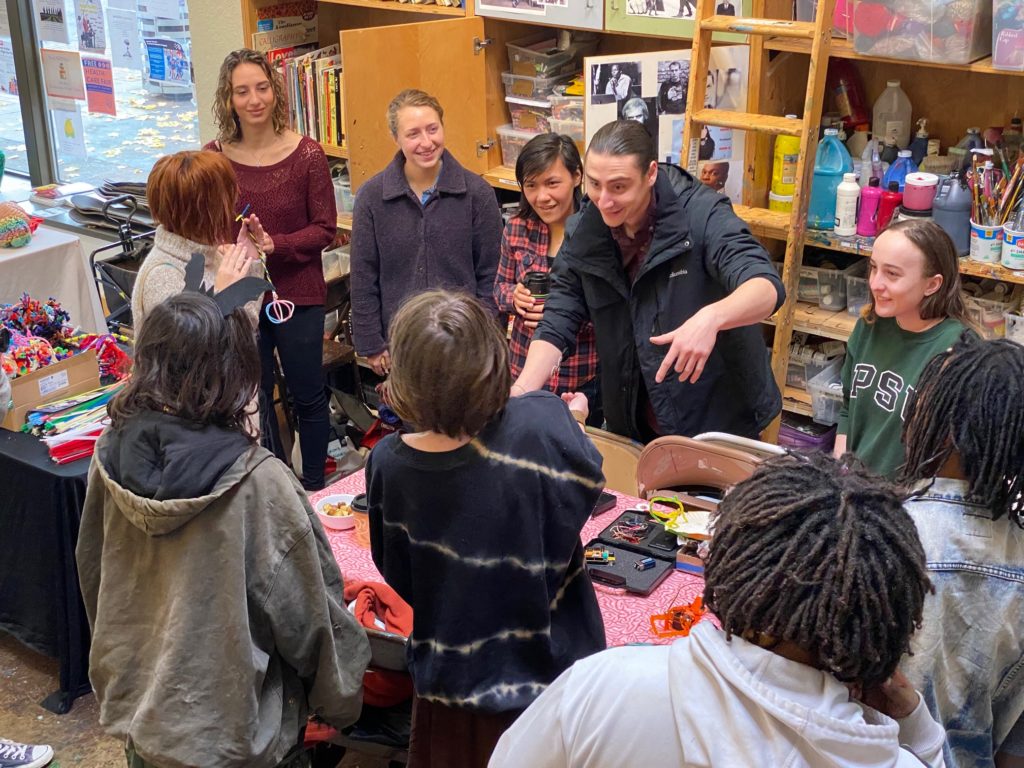
LEARN MORE: Tobacco’s ‘Special Friend’: What Internal Documents Say About Mitch McConnell
LEARN MORE: Profits, death and disease: big tobacco’s business model
LEARN MORE: Controversial alcohol study cancelled by US health agency
From one young person at p:ear: “I’ll bet Kenneth Davis, who runs a hospital, gets lots of money from drug companies who don’t want marijuana legalized. I’ll bet he’s a really rich white guy who doesn’t understand most people and has no clue about pot – and who can get it if he wants it anyway, even if it’s not legal where he lives.”
Lo and behold, Kenneth Davis does earn more – significantly more – than most of his fellow Americans…
LEARN MORE: Retirement plan payout boosted Mount Sinai CEO’s pay above $12 million in 2017
LEARN MORE: Health and social cohesion: why care about income inequality?
LEARN MORE: The Link between Inequality and Population Health
He’s also a psychiatrist, and has certainly prescribed far more powerful drugs that “interfere with the exchange of information between neurons,” with dramatic long term impact on brain development…
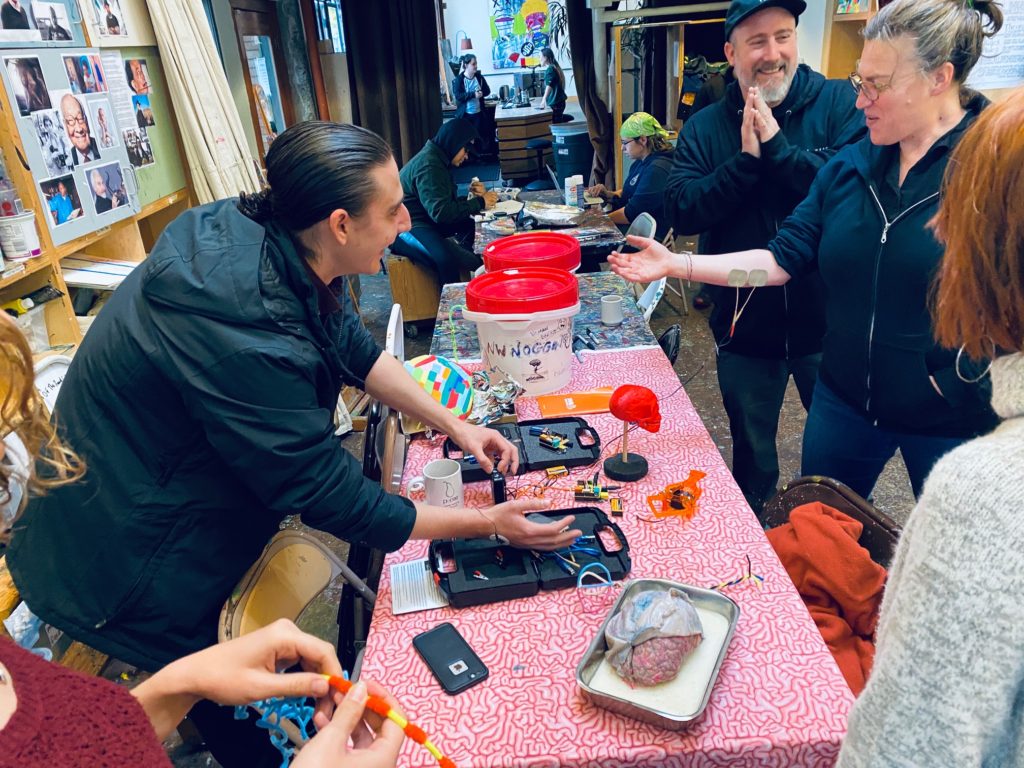
LEARN MORE: Kenneth L. Davis
LEARN MORE: The Psychoactive Effects of Psychiatric Medication: The Elephant in the Room
LEARN MORE: Flooding the world with psychiatric drugs could boost the burden of mental disorders
And Mount Sinai itself prominently celebrates its “innovation partners” – drug companies, of course, including Lilly, GlaxoSmith Kline, Merck, Roche, Novartis, Johnson & Johnson and AstraZenica. They sell drugs, including opioids, which have killed hundreds of thousands of Americans.
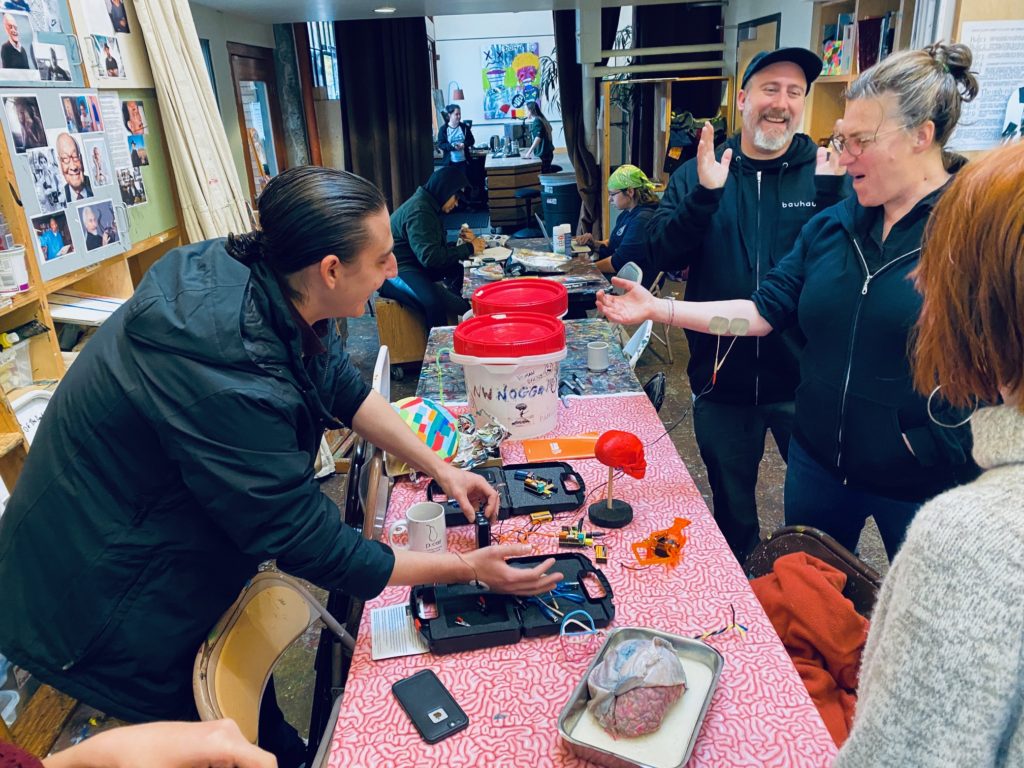
LEARN MORE: Mount Sinai Innovation Partners
LEARN MORE: What is the U.S. Opioid Epidemic?
LEARN MORE: Tracing the US opioid crisis to its roots
LEARN MORE: Johnson & Johnson to pay $572m for fueling Oklahoma opioid crisis, judge rules
Young people at p:ear, who survive unimaginably difficult circumstances, know more about what’s going on here than a wealthy psychiatrist and hospital system executive who pushes drugs for a living and appears set on misrepresenting research to help demonize a drug that he and his slick, market savvy innovation partners don’t yet control.
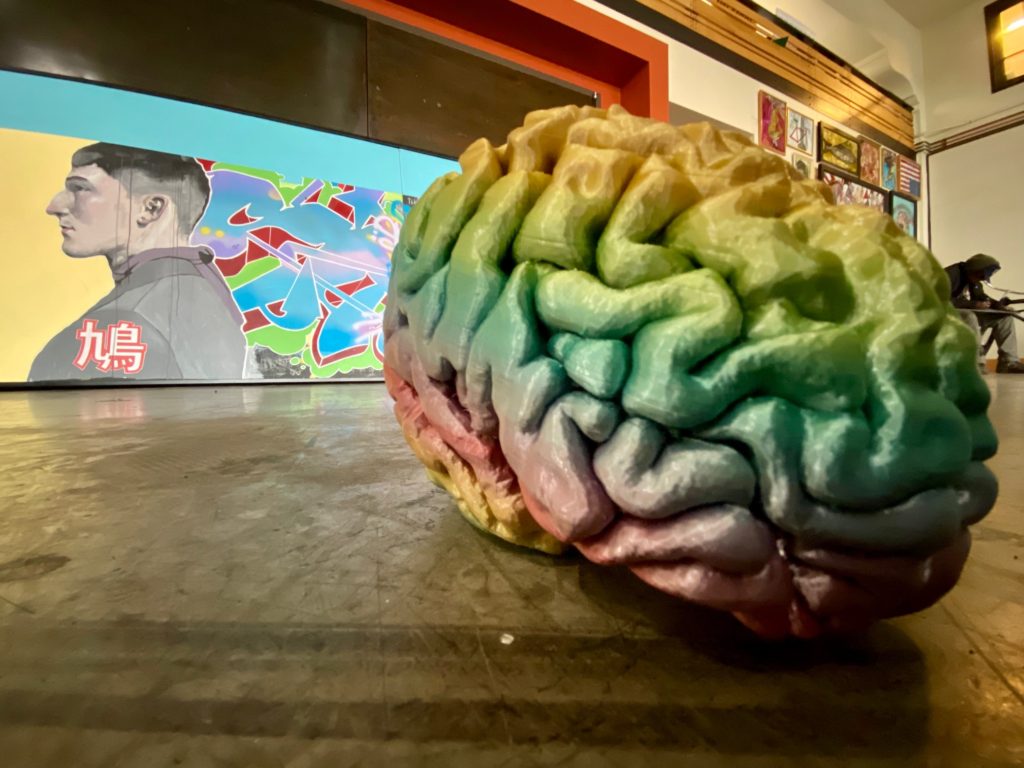
LEARN MORE: Marijuana legalization means fewer opioid deaths
Honestly communicating research, listening to others, addressing income inequality, building better infrastructure (including affordable housing), and basing public policy on evidence-based drug research (instead of further enriching another privileged, research-muddling CEO peddling expensive, powerful, psychiatric pharmaceuticals to keep his “partners in innovation” rolling in dough) might help more smart, struggling young people thrive in our communities, even if they do occasionally enjoy a joint, or a video game, before the age of 25.

Thanks as always to the wonderful youth and staff at p:ear!


